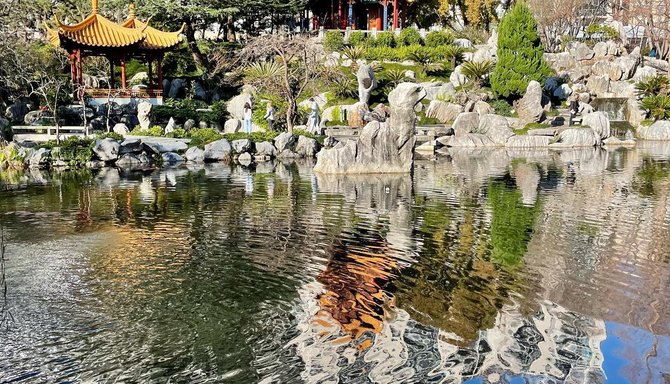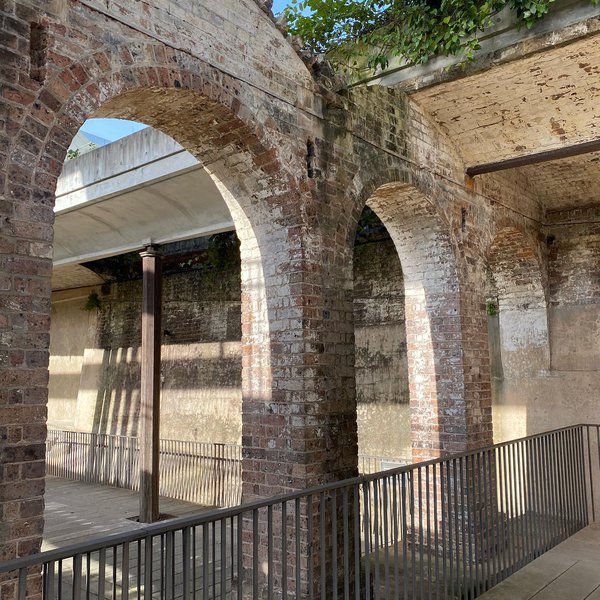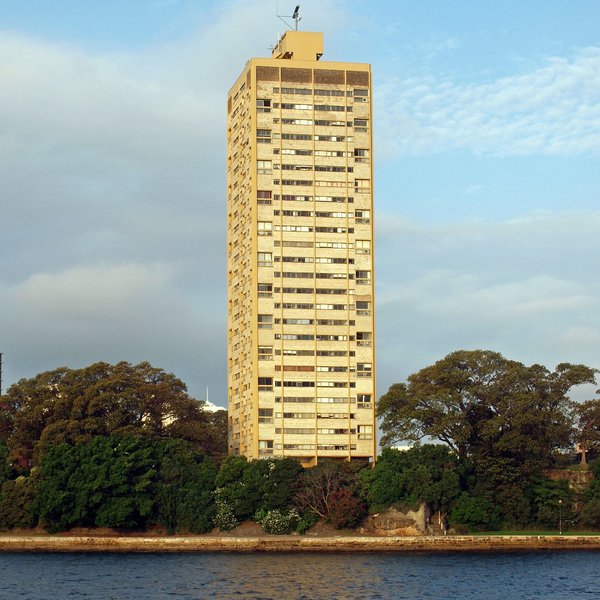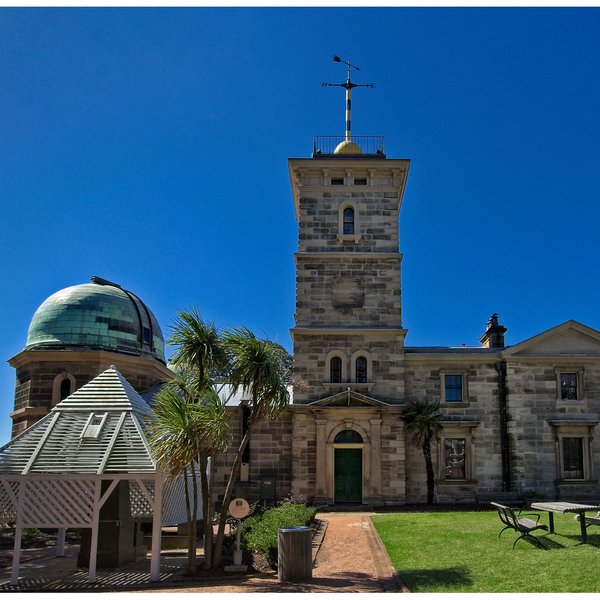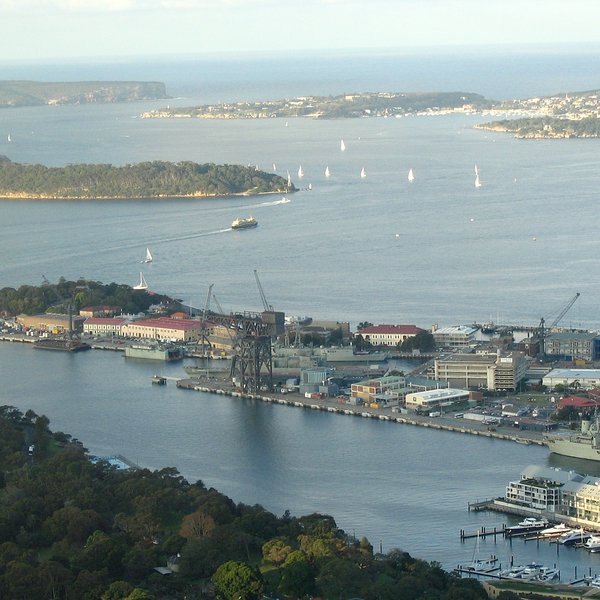Only a few Chinese gardens have been created outside of mainland China. The Chinese Garden of Friendship in Sydney is one of them and the second-largest. It was created for the Bicentennial celebrations of 1988 and celebrates the relationship between the Guangdong Province and New South Wales (NSW). The Garden is an important cultural landmark for the local Chinese community, with cultural and visual links to nearby Chinatown Sydney.

The History of the Chinese Garden of Friendship
In 1984, it was announced that Darling Harbour would undergo redevelopment. For years, Sydney’s Chinese community had been advocating for a cultural garden. As part of the redevelopment plans, an area of around 2.5 acres was designated for this purpose. The Garden became the unifying component: blending the newly-developed Darling Harbour with the older, more intimate Haymarket.
In a “historically unique” collaboration, a formal agreement was reached in October 1985. The Guangzhou Landscape Bureau would design the Garden and Australian craftsmen would build it. The site was formerly opened on 17th January 1988 and represents the enduring friendship between Sydney and Guangzhou.

What is the purpose of a Chinese Garden?
A Chinese Garden’s purpose is to foster a sense of unity and balance with nature. In large cities like Sydney, the sprawl of urban expansion necessitates an equipoise: a calming respite from the loudening modernisation. A place to be quiet; a place to think; a place to slow down and appreciate the serenity of the natural world. Marrying the traditional elements of a Chinese Garden with Sydney’s bustling Darling Harbour created just such a place.
What are the Characteristics of a Chinese Garden?
It's a magnificent example of a southern Chinese garden outside China.
The balancing of opposites is fundamentally entrenched in the Chinese Garden’s composition, which focuses on the Taoist principles of:
Feng Shui: the traditional Chinese belief that reconciling a person with their environment can be achieved by harnessing and influencing natural energy flows.
Yin and Yang: the notion that the balancing of light and dark aspects, maintains universal harmony.
Wu-Xing: the five elements of Feng Shui — wood, fire, earth, metal and water.
These principles are also employed to promote the garden’s Qi (the central force of life and energy). Ensuring that the energy flows freely into and throughout the space, enforcing positivity and shielding the Garden from any negative Qi. If one or more of these intricate elements were missing, the Garden’s composure and nurturing qualities would be thrown into disarray. Consequently, the topography has been carefully composed and each aspect meticulously positioned, to incorporate all elements and achieve the desired balance.

The Chinese Garden is comprised of different areas. These areas are separated by gates, granite bridges, and traditional pavilions. Featured within is a penjing collection of miniature landscapes, Koi-filled ponds, and waterfalls. There are also indigenous plants, (such as the Port Jackson fig), exotic Chinese plants, and a symbolic Dragon Wall. The Dragon Wall was gifted by Guangdong along with many other architectural features of the Garden. It depicts two flying dragons — a blue dragon (NSW) and a brown dragon (Guangdong) — epitomising the strength of their friendship.
There is also a Chinese ‘Teahouse’ style dining and events space, The Gardens by Lotus. This restaurant serves up a modern twist on authentic Chinese cuisine, including delicious (and bottomless!) Yum Cha on the weekend.

In order to lure in any passing pedestrians, the palisade wall is low-built. The ‘openness’ of the fence also plays a significant role in the Garden’s Feng Shui, allowing the Qi to move freely towards Cockle Bay.
The careful structuring allows the Garden to gently and gradually reveal itself as visitors progress through it. This encourages them to slow down and appreciate the corner of calm in Sydney’s otherwise tumbling sea of city chaos.
(See how the Chinese Garden of Friendship’s defining characteristics differ from other gardens in Sydney, such as Wendy Whiteley’s Secret Garden)
Heritage Listing
Recently, in 2018 on its 30th birthday, the garden received recognition on the NSW State Heritage Register:
The Garden turns 30 this year, and what better way to mark this magnificent event than to recognise something that is both a symbol of international understanding and a welcome retreat from the hustle and bustle of the city.

Historically, the Chinese Garden of Friendship has transcended boundaries between the cultural sensibilities of the Guangdong Province, within Sydney’s urban context. NSW Property Minister Victor Dominello inferred that this achievement, alongside the Garden’s everlasting popularity, was a great source of pride for the local Chinese community:
Achieving State Heritage Register status is a major milestone which will help to ensure the garden can continue to be a place of quiet reflection and tranquillity as well as a cultural landmark for many years to come.
Today the Chinese Garden is owned and managed by the New South Wales Government, through Place Management NSW (PMNSW).
Interested in finding more places like this? Why not try one of our Scavenger Hunts in Sydney - work as a team to overcome cryptic riddles and allow yourselves to be swept off the beaten track on a journey to discover all the quirky bars and unusual sites Sydney has to offer.
Alternatively, please read on to find the answers to all your Chinese Garden of Friendship Questions!
